I have a modal storyboard scene that I want to be accessible to all my other scenes. Creating a modal segue to it from every scene on my storyboard creates a big mess of strings going everywhere. Is there a way that I leave off the segues and call the scene programmatically instead?
Basically I want to do something like this:
MyNewViewController *myNewVC = [[MyNewViewController alloc] init];
[self presentModalViewController:myNewVC animated:YES];
except instead of creating and pushing a view controller class, I want to do a modal transition to an "isolated" (not connected with a segue) storyboard scene.

